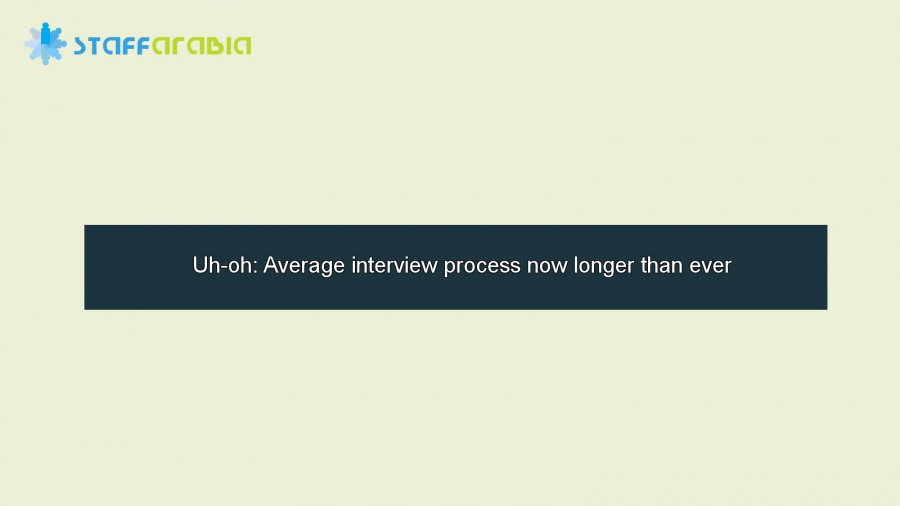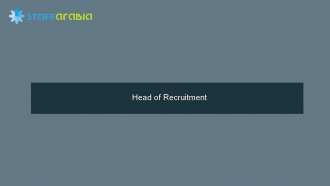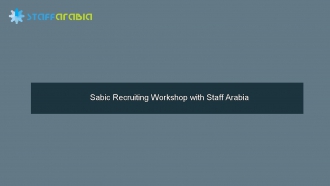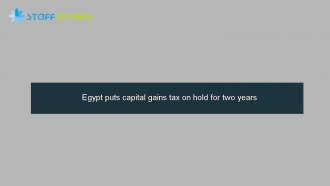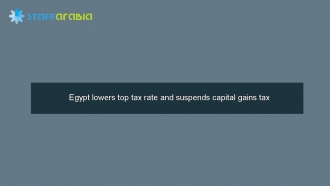
Feel like it takes forever to come to a decision on new job candidates these days? That may be part of a troubling, growing trend.
In 2009, the average interview process took about 13 days. By 2013, that number had nearly doubled to 23 days.
That’s according to Catherine Rampell with The New York Times, who asked jobs website Glassdoor to compile info on the duration of the job application process.
While there are major differences among industries, the upward trend of lengthier interview processes appears to be true across all companies and sectors.
Exhibit A: Restaurants, bars and food services went from a seven-day interview process in 2009 to a 12-day interview process last year — and that’s the shortest time span of the bunch.
On the other end of the spectrum: arts, entertainment and recreation positions. A 13-day process in 2009, applying and interviewing for one of those jobs took nearly an entire month in 2013.
And that’s bad news for employers. Rampell notes that longer interview processes are more expensive — your workers need to take more time to interview and vet people, and interviewees get frustrated by the feet dragging.
2 theories
Rampell explored two theories behind the extended process in the article:
- Some people have blamed the so-called “skills gap” — the lack of available employees who can fulfill a company’s lengthy (and sometimes impossible) list of needs.
Rampell argues that that probably isn’t the case. If it was, wages would have gone up — but they’ve stayed about the same since 2009. - More likely: Employers are being super-duper careful: “Companies are really, really worried about making a mistake and do not feel pressure to fill openings right away so long as they can still dump more work onto their existing staff members.”
The problem, as Rampell notes: It’s basically impossible to find a cheap worker who can do everything an employer needs without some sort of on-the-job training.
The takeaway: In some instances it might be better to hire the “good enough” candidate rather than wait for the “absolutely perfect” one.

